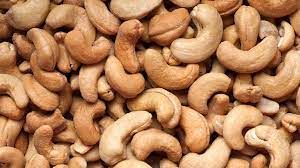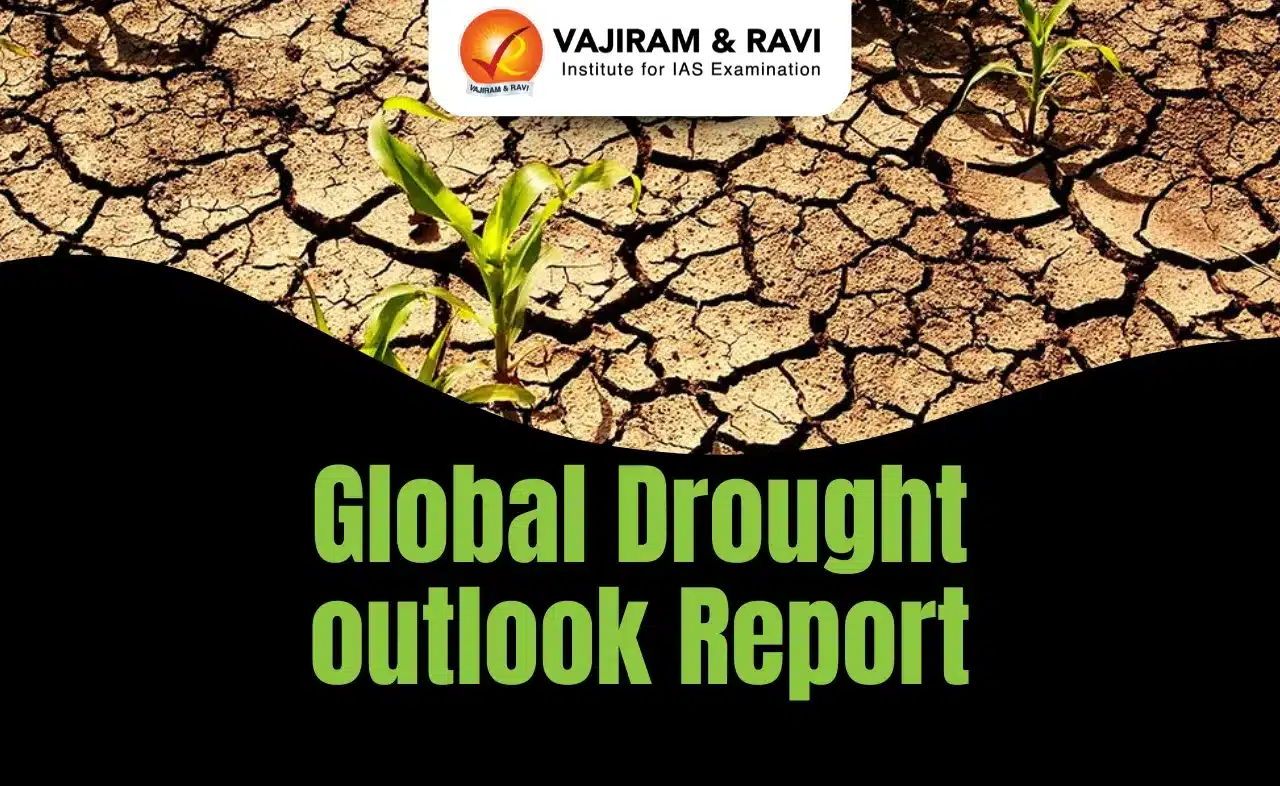About Cashew Crop
- It is native to Brazil in Latin America and was introduced to India by the Portuguese in the 16th century (1570).
- Climatic condition
- Soil and climate: Well-drained deep sandy loam soils are the best for growing cashew. In general, all soils from sandy to laterite are well suited for this crop.
- It is very well adapted to Indian coastal area under hot humid conditions
- Temperature: In the range of 20 to38 o C, relative humidity in the range of 60 to 95%.
- Rainfall: Annual precipitation in the range of 2000 to 3500 mm.
- Extreme low temperature and frost are not conducive to raise cashew plantations.
- The cultivation of this crop is being extended to non-traditional areas in the plains of Karnataka, Madhya Pradesh, Chattisgarh and some parts of North East hill region.
- India, holds the second-largest share in the world’s cashew nut production and export
- The country’s top export destinations include the UAE, the Netherlands, Japan, and Saudi Arabia.
Key facts about Agricultural and Processed Food Products Export Development Authority (APEDA)
- It was established by the Government of India under the Agricultural and Processed Food Products Export Development Authority Act of 1985.
- It works under the Ministry of Commerce and Industry.
- Objective: To develop and promote the export of scheduled products.
- The products specified under the APEDA ACT are called scheduled products, and exporters of such scheduled products are required to register under APEDA.
- It provides financial assistance, information, and guidelines for the development of scheduled products.
Q1) What Is Sandy Loam Soil?
It is a type of soil that is made up of sand, silt, and clay. The sand comprises the largest amount, followed by silt, with a smaller part of clay.Sand particles are generally more solid and larger than other types of soil particles, and this allows water to move through them more freely. Silt and clay retain water long enough for the plants to receive nutrients.
Source: APEDA gears up to bring back India’s glory in cashew export
Last updated on June, 2025
→ UPSC Notification 2025 was released on 22nd January 2025.
→ UPSC Prelims Result 2025 is out now for the CSE held on 25 May 2025.
→ UPSC Prelims Question Paper 2025 and Unofficial Prelims Answer Key 2025 are available now.
→ UPSC Calendar 2026 is released on 15th May, 2025.
→ The UPSC Vacancy 2025 were released 1129, out of which 979 were for UPSC CSE and remaining 150 are for UPSC IFoS.
→ UPSC Mains 2025 will be conducted on 22nd August 2025.
→ UPSC Prelims 2026 will be conducted on 24th May, 2026 & UPSC Mains 2026 will be conducted on 21st August 2026.
→ The UPSC Selection Process is of 3 stages-Prelims, Mains and Interview.
→ UPSC Result 2024 is released with latest UPSC Marksheet 2024. Check Now!
→ UPSC Toppers List 2024 is released now. Shakti Dubey is UPSC AIR 1 2024 Topper.
→ Also check Best IAS Coaching in Delhi
























